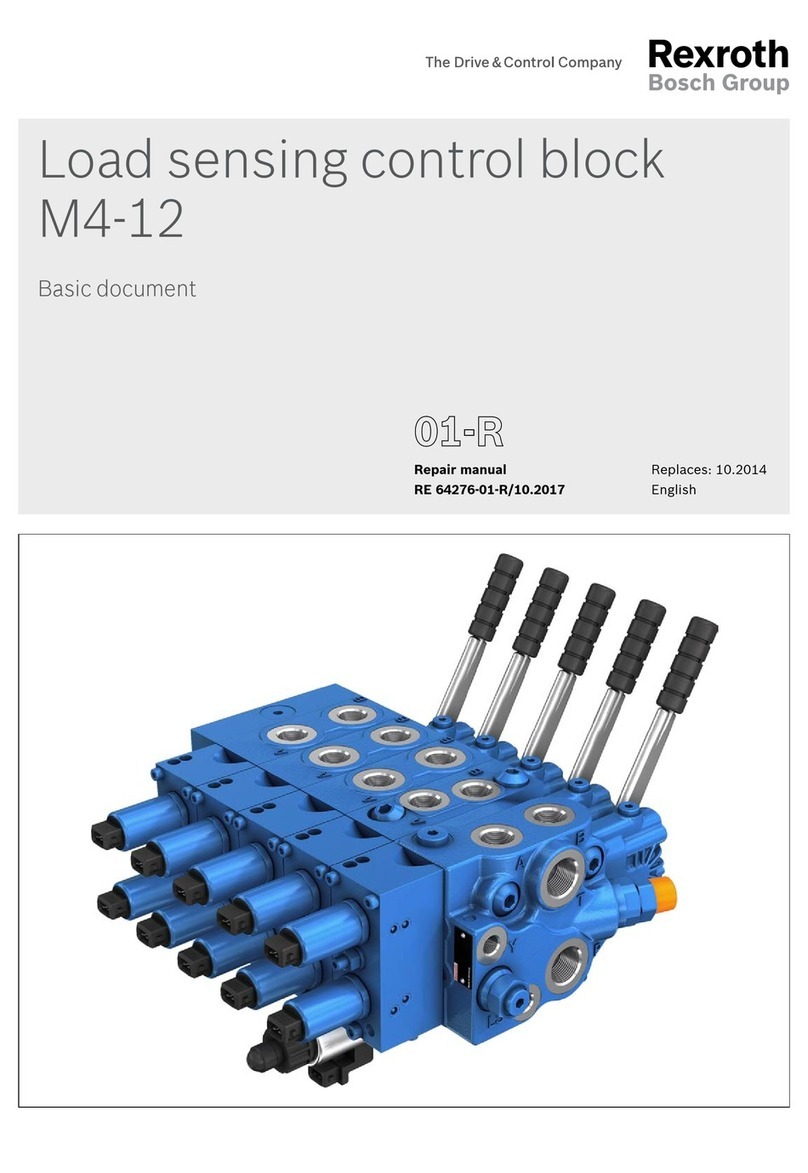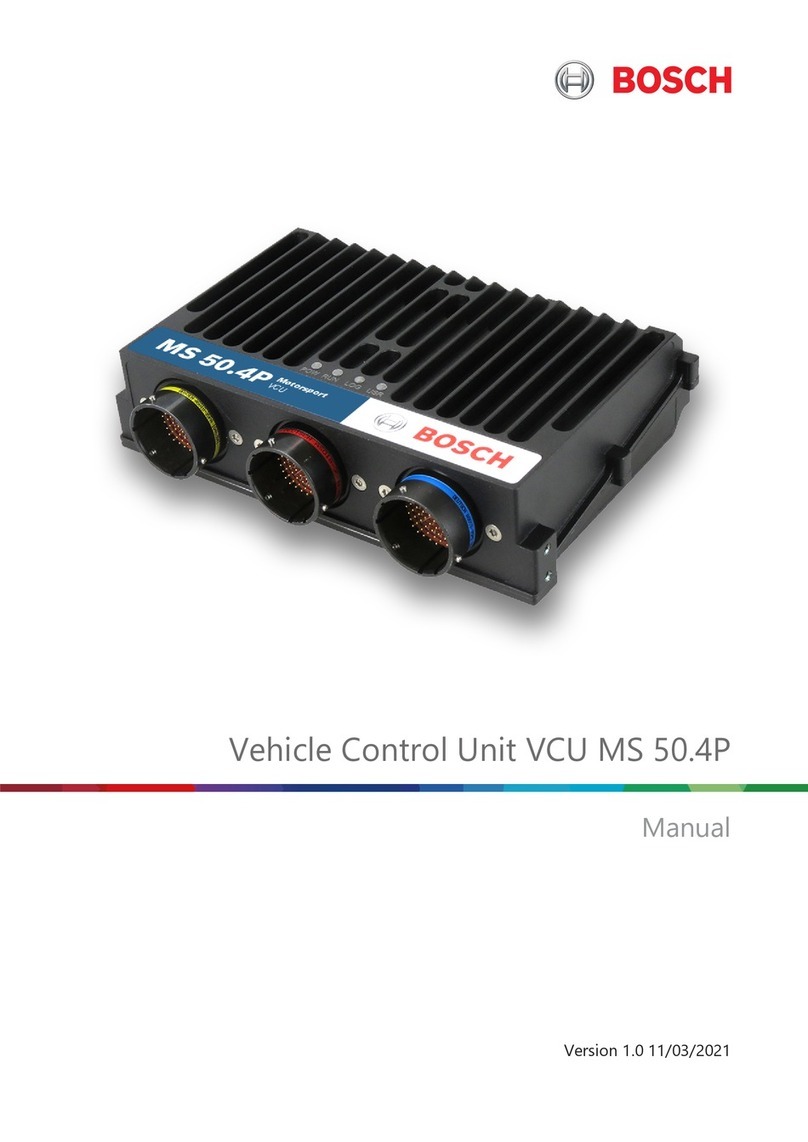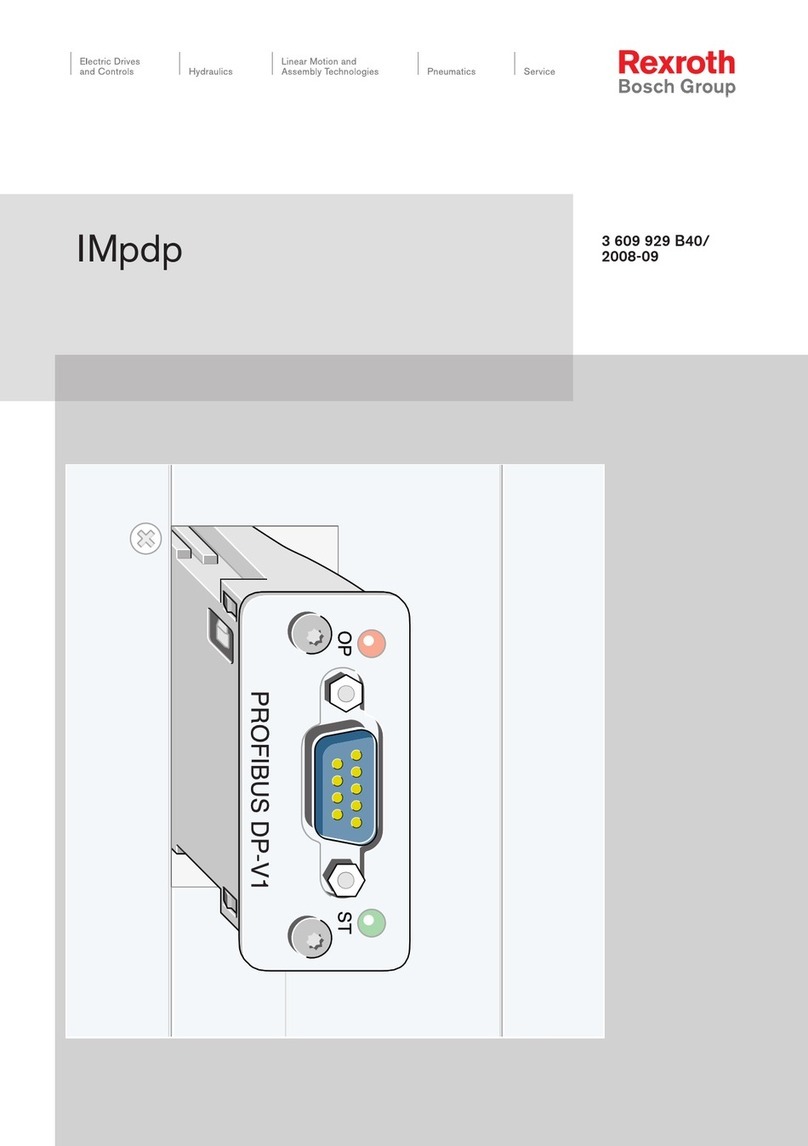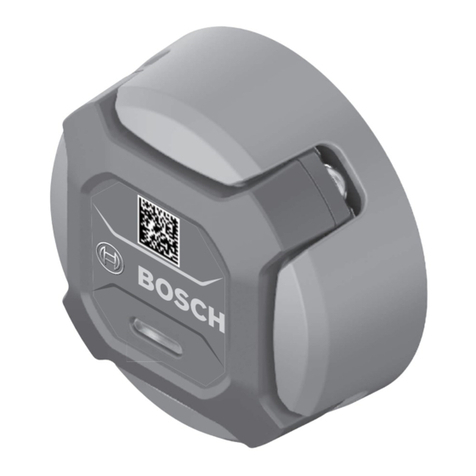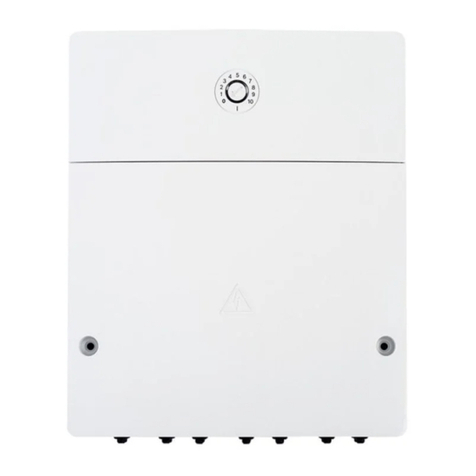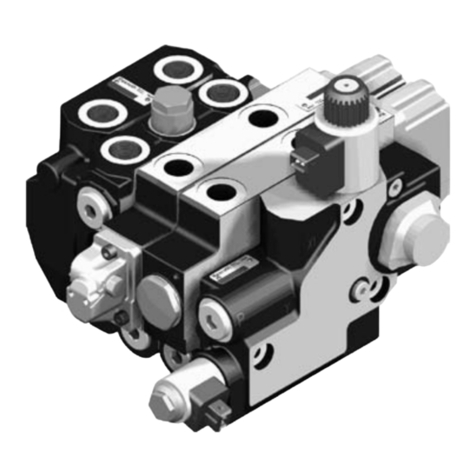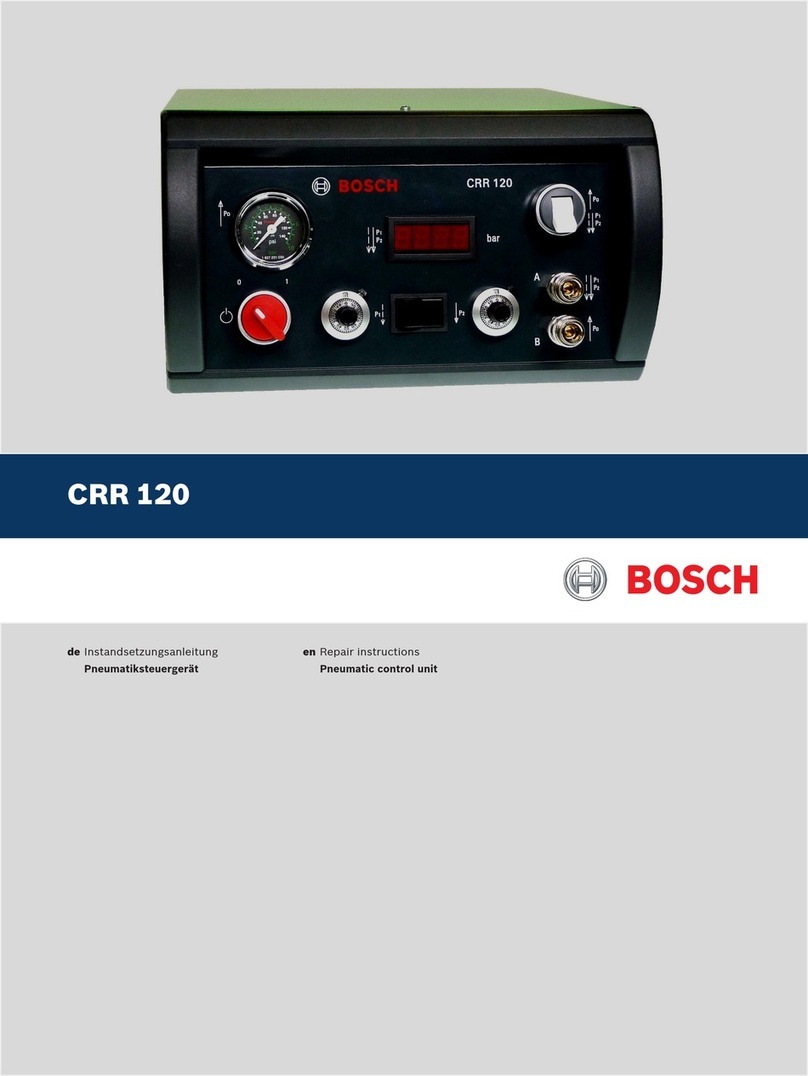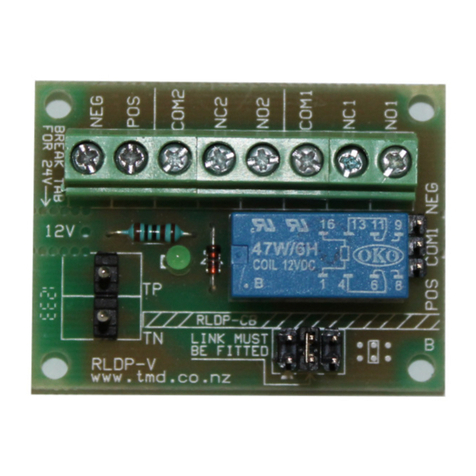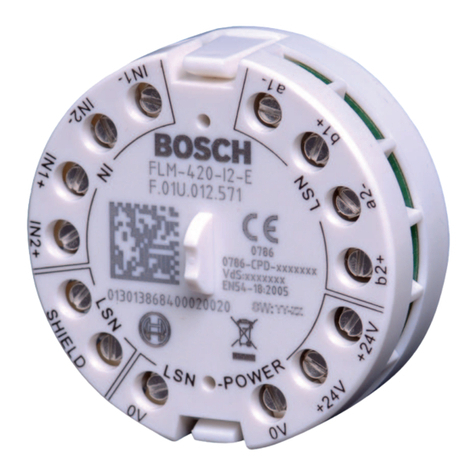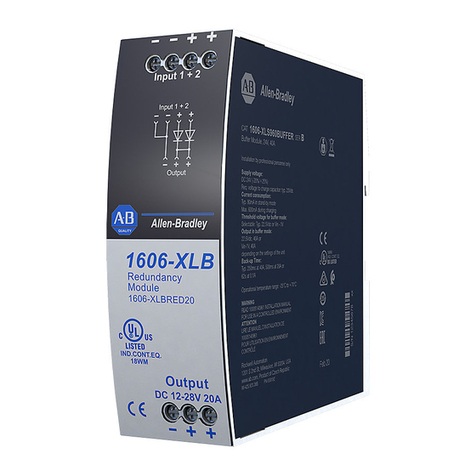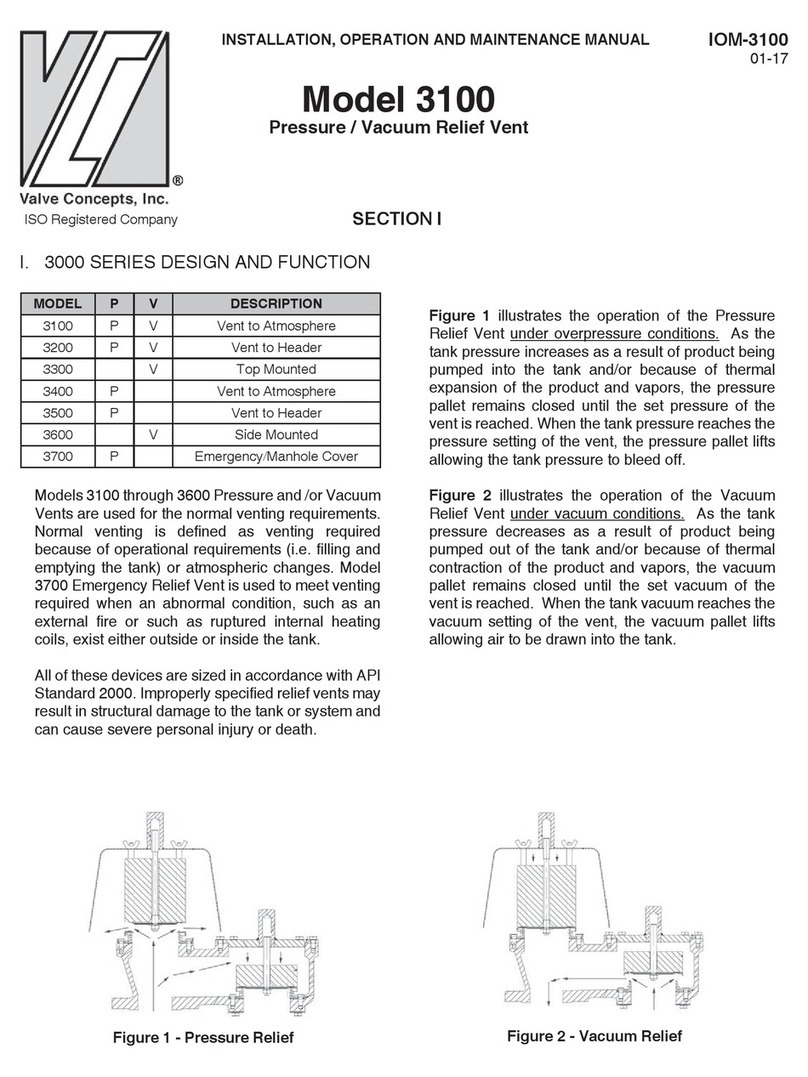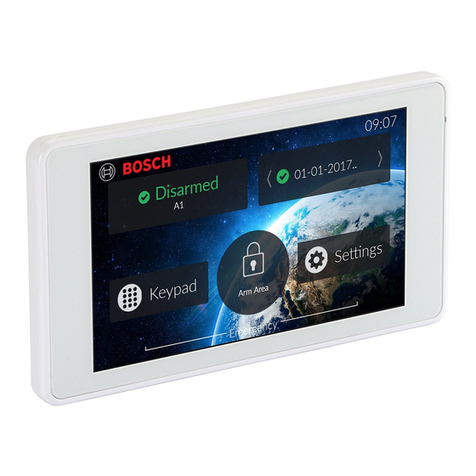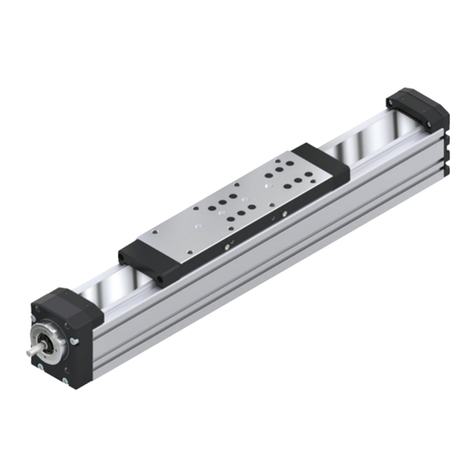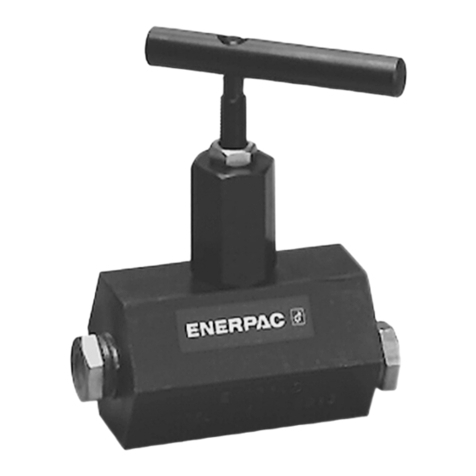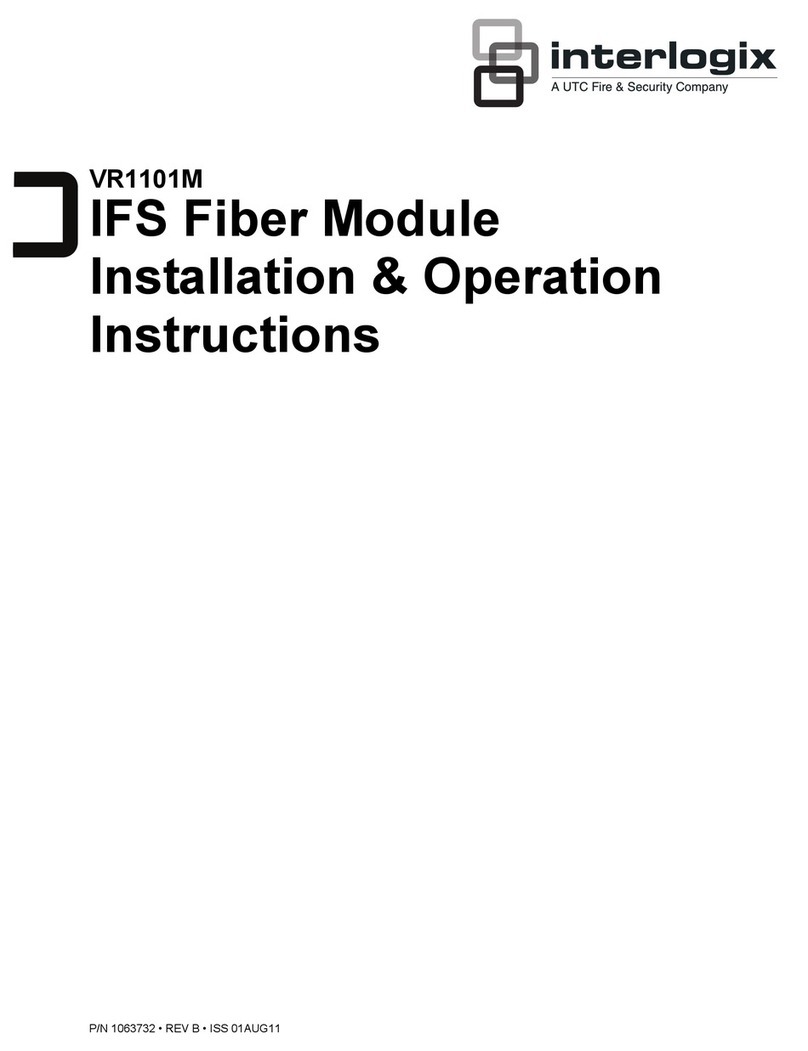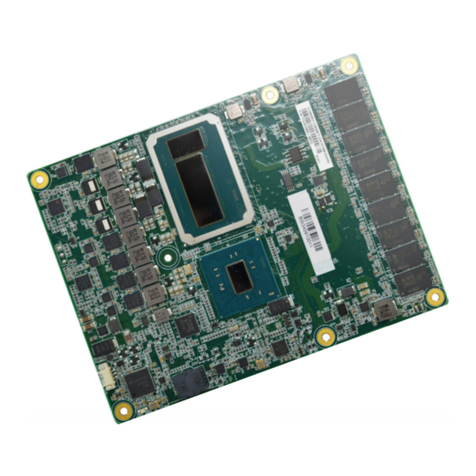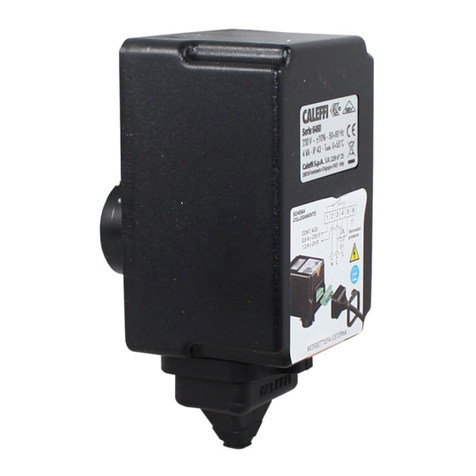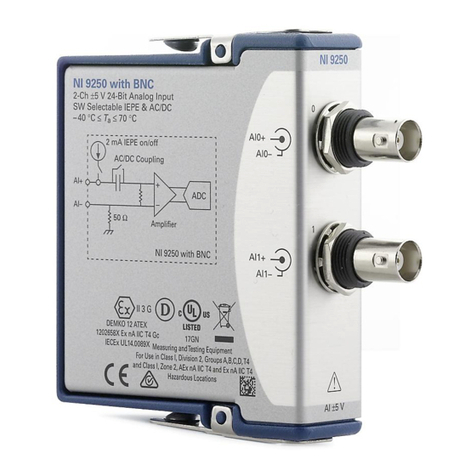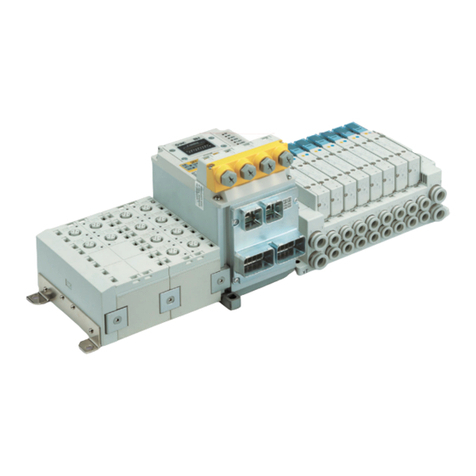
Safety instructions 15/48
RE 29391-B/05.2021; 4WRPD(H), 4WRPQ(H), 4WRPF(H), 4WRLD, 4WRLF, 4WRLQ, 5WRPF10, 5WRPQ10, Bosch Rexroth AG
In the higher-level control system, the two signals “enable" (sent to the valve) and
"enable acknowledgement" (fed back by the valve) have to be logically connected
and checked for plausibility according to the required safety level (cat., PL). In
case of a negative plausibility check or error, the higher-level control system has to
initiate immediate shut-off/safety function.
The 24 V supply voltage at the valve may be applied permanently as long as no
error is detected by the higher-level control system.
By removal of the enable signal at the valve electronics, the output stage is
disconnected from the supply voltage by means of a high-side switch.
The Multi-Ethernet electronics link the supply voltage disconnection of the output
stage to the respective failsafe switching position of the spool and generate the
"enable acknowledgement" signal.
Additionally, the signals "enable" (sent to the valve) and "enable
acknowledgement" (fed back by the valve) or a change of these signals have
to be logically interconnected by a higher-level control system and checked for
plausibility. Every change of the enable signal ("L" or "H") must lead to a prompt
reaction of the related enable acknowledgement signal (inverted to enable signal
"H" or "L").
If this reaction on the signal change does not occur in time, the higher-level control
system must immediately initiate the emergency shut-down of the system.
By removal of the enable signal at the valve electronics, the output stage of the
pilot valve is disconnected from the supply voltage by means of a high-side switch.
The Multi-Ethernet electronics link a disconnection of the supply voltage of the
pilot valve's output stage with safe reaching of the central position of the main
stage spool and generate the "enable acknowledgement" signal.
Additionally, the signals "enable" (sent to the valve) and "enable
acknowledgement" (valve response) or a change of these signals have to be
logically interconnected by a higher-level control system and checked for
plausibility.
Every change of the enable signal ("L" or "H") must lead to a prompt reaction of
the related enable acknowledgement signal (inverted to enable signal "H" or "L").
If this reaction on the signal change does not occur in time, the higher-level control
system must immediately initiate the emergency shut-down of the system.
By removal of the direction-dependent enable signal (PA or PB) at the valve
electronics, the respective output stage is disconnected from the supply voltage by
means of a high-side switch.
The Multi-Ethernet electronics links the supply voltage disconnection of the
output stage to the relevant failsafe position of the spool and generate the "enable
acknowledgement" signal from this.
Additionally, the signals "direction-dependent enable" (sent to the valve) and
"direction-dependent enable acknowledgement" (valve response) or a change of
these signals have to be logically connected by a higher-level control system and
checked for plausibility.
Every change of the direction-dependent enable signal ("L" or "H") must lead to
a prompt reaction of the related direction-dependent enable acknowledgement
signal (inverted to direction-dependent enable signal "H" or "L").
Safety functionality of
valves type 4WRPDH,
4WRPD...EA/EB, 4WRPFH,
4WRPF...EA/EB, 4WRPQH,
5WRPF10, 5WRPQ10
(direct operated valves
with one control solenoid)
Safety function of valve
types 4WRLD, 4WRLF and
4WRLQ (pilot operated
valves, pilot valve with
one control solenoid)
Safety functionality of
valve types 4WRPD,
4WRPF, 4WRPQ (direct
operated valves with two
control solenoids)






















